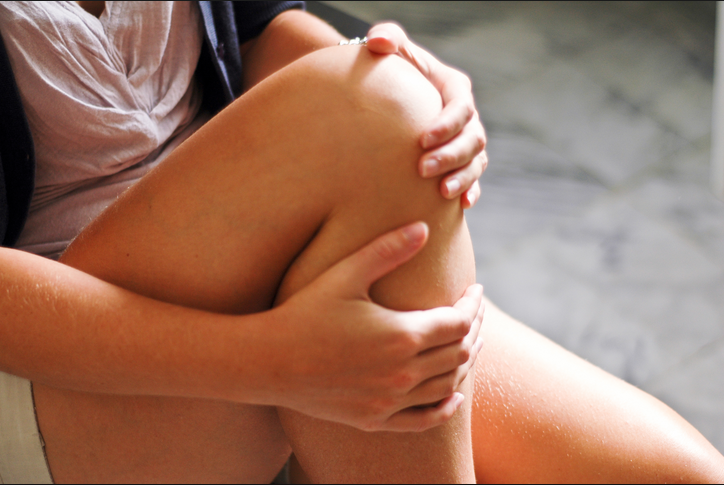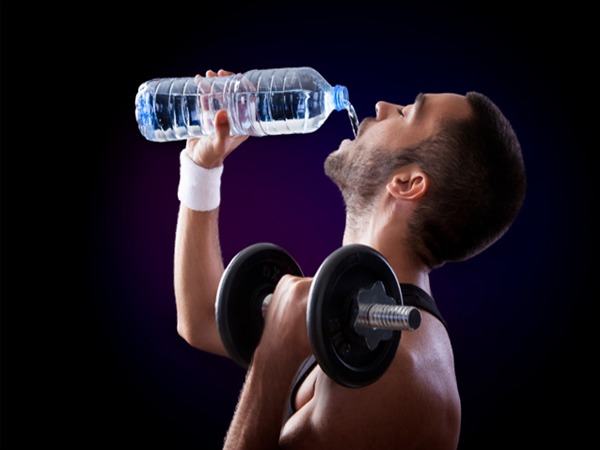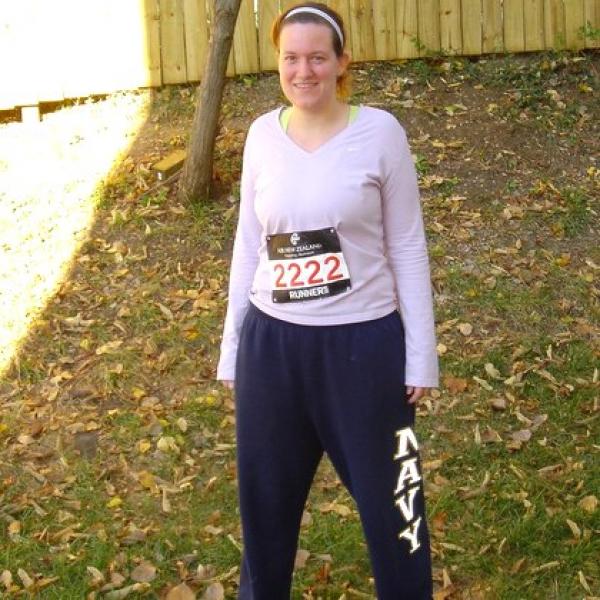More Articles
Motivation
How to Exercise With Arthritis and Sore Joints
Exercise helps arthritis pain, but sore joints stop you from wanting to work out. Learn how exercise can improve your range of motion and make all movement easier.

This is a far cry from days past, when people with arthritis were warned to notexercise to avoid further damage to joints. Doctors now know that, in addition to all its heart health benefits, regular exercise can:
- Reduce inflammation, stiffness, and joint pain
- Build muscle around joints, better supporting them and protecting them from shock and daily wear and tear
- Increase flexibility
- Improve endurance
Before You Begin Exercising With Arthritis
To get started safely, talk to your doctor first. Be sure to take into account any health concerns so that you follow the best possibleexercise routine for your individual needs. Consulting with a physical therapist will be helpful as well, as this fitness professional is trained to build specific exercise programs to address the sore joints, aches, and any limitations you might be feeling.
The catch-22 of working out with arthritis is that, while exercise can help improve your condition, you may feel as though you’re in too much pain to begin. A physical therapist will show you the right way to get started and help you progress to meet the ultimate goal of exercising most days of the week.
Also look into exercise classes designed just for people with arthritis. These classes can show you specific techniques and help you adapt them to your individual condition. You could also share information with other arthritis patients about exercise strategies that work. These programs often are offered through health clubs, community centers, and the Y.
Creating Your Arthritis-Friendly Workout
The best exercise program for people with arthritis has a number of components and a certain order in which they should be done.
The warm-up.
It is essential that you warm up prior to each workout session. If you don’t give your muscles and joints a chance to warm up, injury and pain are much more likely. Spend at least five minutes walking or doing another activity at a slow pace. You also might consider applying heat to your joints prior to exercise, to help loosen them up.
The exercises.
There are three main types of exercises recommended by the Arthritis Foundation:
- Flexibility or stretching exercises improve your range of
motion and ease of movement. These are the most essential exercises for
arthritis patients and should be performed at least once a day. After
your gentle warm-up, devote the next 15 minutes to flexibility
exercises. Mind-body disciplines likeyoga or tai chi include some of the
best range-of-motion exercises available.
Flexibility exercise tips for greater success: - Move slowly, gently, and deliberately.
- Don’t push yourself past slight discomfort.
- Stretch in a warm room, which will help your muscles relax and move more easily.
- Strength training exercises benefit sore joints by building
up the muscles around them. The Arthritis Foundation recommends that
people perform strength training every other day, after your flexibility
exercises.
Strength training exercises include isometric exercises that work muscles without moving the joint, such as squeezing your thigh muscle while lying on your back, and isotonic exercises that work muscles while moving (bending) the joint, such as a leg press and a partial chair squat.
Strength training tips for greater success: - You must take a day off between strength training sessions to give your muscles time to recover.
- Ease into strength training — don’t lift heavy weights too soon.
- If you feel joint pain, lower the resistance or amount of weight
you’re using, or switch to another exercise that works the same muscle
group.
- Aerobic exercise is a recommended addition to your workout
routine once you are able to comfortably do both flexibility and
strength training exercises. Aerobics are good for your overall health
and wellness — just be sure to choose the right type of activity for
you.
Aerobic exercise tips for greater success: - Avoid high-impact activities. Walking is a good form of aerobic exercise for people with arthritis; jogging and running are not.
- Explore non-impact aerobic activities. Water aerobics and swimming are excellent forms of aerobics that don’t stress the joints. Bicycling is another good way to get aerobic exercise.
- Aim to do aerobic exercise three or four days a week. Ultimately, on each of these days you want to do at least 30 minutes of aerobic exercise in the target heart range recommended by your doctor, but start slowly, with even just five minutes.
- Pay attention to your body. If you have pain that lasts longer
than one hour after an aerobic workout or if you find yourself with
swollen joints or joints that are more stiff and weak, talk to your
doctor or physical therapist about how to adapt your workout.
The last part of any good exercise session is the cool-down. These steps will ensure that your body benefits and recuperates from each workout:
- Ease out of exercise. Just as you warmed up at the beginning, be sure to give yourself 5 to 10 minutes to cool your muscles and joints. Do your aerobic activity at a slow pace to bring your heart rate down and then perform more stretches, rather than stopping exercise abruptly.
- Take a soak. Some time spent in a warm whirlpool, sauna, or steam room may help relax muscles and joints that have been stressed by exercise.
- Ice it. If you’ve got sore joints, apply ice or cold packs to help reduce inflammation.
Src: everydayhealth.com
Did you enjoy reading this article and recommend it to others? Thumbs Up now!  34
34
 34
34
Workouts for bootylicious behinds!
A healthy and perfectly shaped behind can be your best asset - and not just from cosmetic point of view!

How drinking water helps in Weight Loss?
Did you know that drinking water is one of the easiest ways for weight loss and for building your muscles?

Controlling Sugar Cravings
Sugar cravings are a big reason for people to gain weight. Learn how to curb your sugar cravings.





